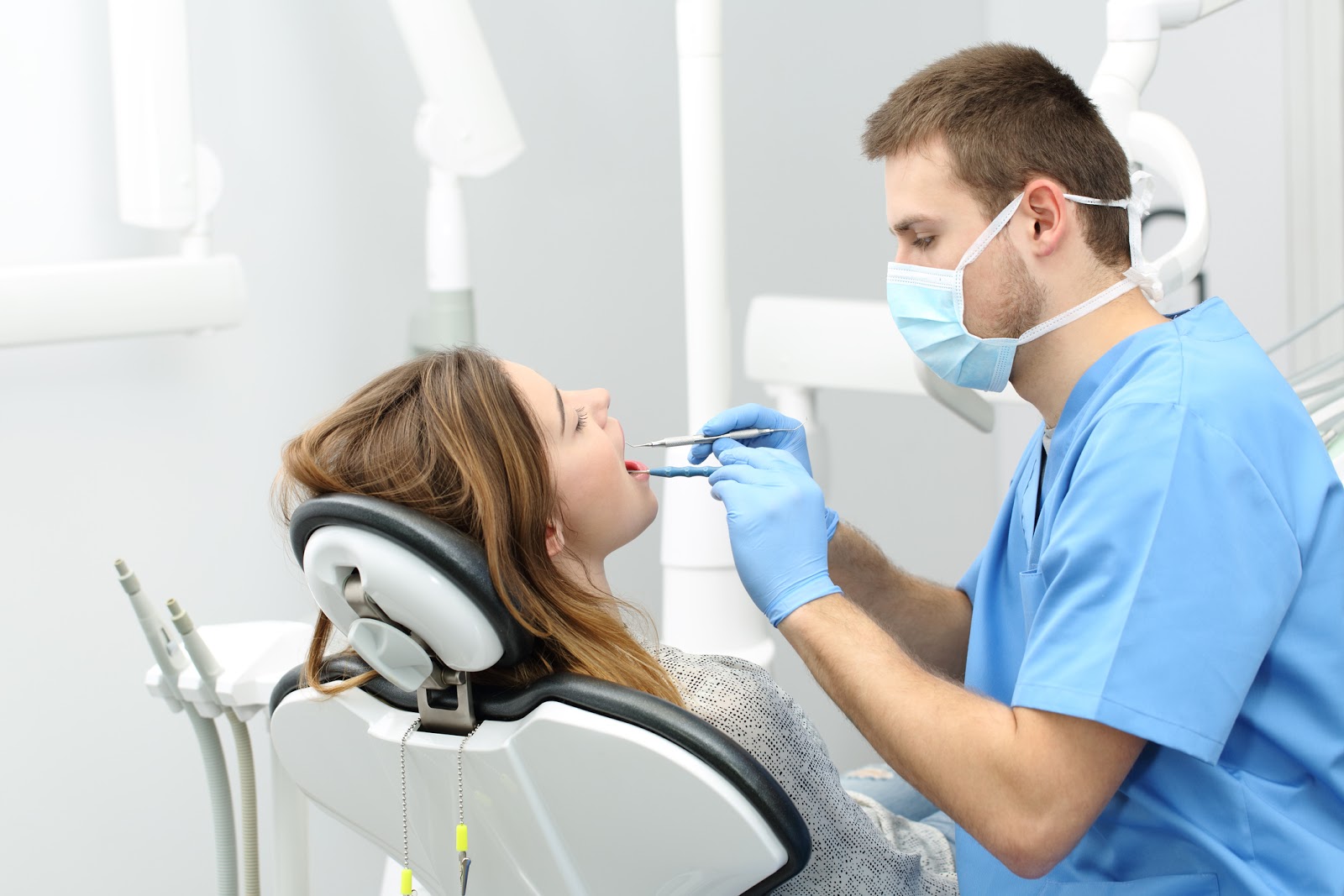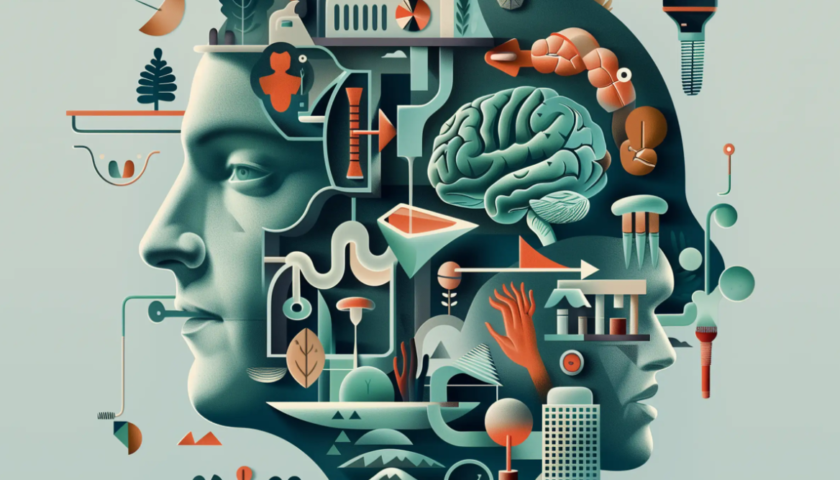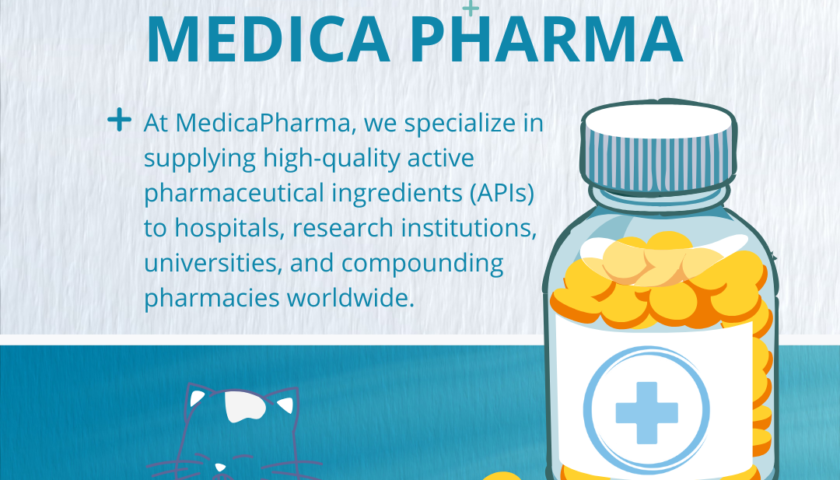Sedation dentistry has become a crucial aspect of modern dental care, providing relief and comfort to patients who experience anxiety, fear, or discomfort during dental procedures. The role of qualified dentists in administering sedation is multifaceted, requiring a deep understanding of pharmacology, patient assessment, and safety protocols. This article delves into the importance of sedation techniques in dentistry, the various types of sedation, and the comprehensive training and qualifications required for dentists to perform sedation safely and effectively.
The Importance of Sedation in Dentistry
1. Patient Comfort and Anxiety Reduction: Many patients experience dental anxiety, which can prevent them from seeking necessary dental care. Sedation techniques help to alleviate this anxiety, allowing patients to undergo procedures in a relaxed and stress-free state. This is particularly beneficial for those with dental phobia, a history of traumatic dental experiences, or a low pain threshold.
2. Pain Management: Sedation not only helps in managing anxiety but also plays a significant role in pain control during dental procedures. By minimizing discomfort, sedation enables dentists to perform complex and lengthy procedures that might otherwise be intolerable for the patient.
3. Efficiency and Effectiveness: When patients are sedated, they are more likely to remain still and cooperative, allowing dentists to work more efficiently. This can lead to shorter appointment times and the ability to complete multiple procedures in a single visit, improving overall treatment outcomes.
4. Special Needs Dentistry: Patients with special needs, such as those with cognitive or physical disabilities, often require sedation to receive dental care. Sedation provides a means to ensure that these patients can receive the necessary treatments safely and comfortably.
Types of Sedation in Dentistry
Qualified dentists use various levels and methods of sedation depending on the patient’s needs and the complexity of the procedure:
1. Minimal Sedation:
- Nitrous Oxide: Commonly known as “laughing gas,” nitrous oxide is inhaled through a mask and induces a state of relaxation. It is the mildest form of sedation and allows patients to remain awake and responsive while feeling calm.
- Oral Sedatives: Medications such as diazepam or lorazepam are taken orally before the appointment to help reduce anxiety. Patients remain conscious but relaxed.
2. Moderate Sedation:
- Conscious Sedation: This can be achieved through higher doses of oral sedatives or intravenous (IV) sedation. Patients are in a relaxed state and may not remember much of the procedure, but they can still respond to verbal cues and physical stimulation.
3. Deep Sedation and General Anesthesia:
- Deep Sedation: Patients are on the edge of consciousness but can still be awakened if necessary. This level of sedation is typically administered intravenously.
- General Anesthesia: Patients are rendered completely unconscious. General anesthesia is reserved for the most complex dental procedures or patients with extreme anxiety or special needs. It requires a high level of expertise and is usually administered by an anesthesiologist or a dentist Greensboro NC with specialized training.
Training and Qualifications for Sedation Dentistry
Administering sedation in dentistry requires comprehensive training and adherence to strict protocols to ensure patient safety. Here’s a look at the necessary qualifications and training:
1. Educational Background: Dentists must complete a rigorous education, starting with a Doctor of Dental Surgery (DDS) or Doctor of Dental Medicine (DMD) degree. During their education, they receive foundational knowledge in pharmacology, human anatomy, and patient management.
2. Specialized Training: To administer sedation, dentists must undergo additional specialized training. This includes:
- Certification Programs: Dentists can participate in certification programs that cover the administration of minimal and moderate sedation. These programs typically involve both didactic instruction and hands-on clinical experience.
- Advanced Training for Deep Sedation and General Anesthesia: For deep sedation and general anesthesia, dentists need to complete a residency program or advanced training that includes extensive clinical practice under the supervision of experienced professionals.
3. Licensing and Accreditation: Dentists must obtain the appropriate licenses to practice Sedation dentistry Greensboro NC. Licensing requirements vary by state or country but generally include proof of specialized training, passing of relevant examinations, and maintaining certification through continuing education.
4. Adherence to Guidelines: Qualified dentists must adhere to guidelines set forth by professional organizations such as the American Dental Association (ADA), the American Society of Dentist Anesthesiologists (ASDA), and other regulatory bodies. These guidelines cover aspects such as patient assessment, dosage, monitoring, and emergency protocols.
Patient Assessment and Safety Protocols
Ensuring patient safety during sedation is paramount. Qualified dentists follow stringent protocols to minimize risks:
1. Pre-Sedation Assessment:
- Medical History: A thorough review of the patient’s medical history, including any allergies, current medications, and past reactions to sedation or anesthesia.
- Physical Examination: An evaluation of the patient’s overall health, including vital signs and airway assessment.
2. Informed Consent: Patients (or their guardians) must be informed about the sedation process, potential risks, and benefits. Informed consent is obtained in writing before proceeding with sedation.
3. Monitoring During Sedation: Continuous monitoring of the patient’s vital signs (heart rate, blood pressure, oxygen levels) throughout the procedure is crucial. Dentists use equipment such as pulse oximeters, capnographs, and electrocardiograms to ensure patient stability.
4. Emergency Preparedness: Qualified dentists are trained to handle emergencies that may arise during sedation. This includes having emergency medications, resuscitation equipment, and a well-rehearsed emergency response plan in place.
5. Post-Sedation Care: After the procedure, patients are monitored during recovery until the effects of sedation have worn off. Clear post-operative instructions are provided to ensure a smooth recovery process at home.
Conclusion
Sedation dentistry plays a vital role in modern dental care by enhancing patient comfort, managing pain, and enabling the completion of complex procedures. The administration of sedation requires a high level of expertise, specialized training, and strict adherence to safety protocols. Qualified dentists who are well-versed in sedation techniques are essential in providing safe and effective dental care, ensuring that patients can receive the treatment they need without undue stress or discomfort. By understanding the comprehensive training and qualifications required for sedation dentistry, patients can feel confident in the care they receive and the professionals who provide it.
Training and Qualifications for Sedation Dentistry
Administering sedation in dentistry requires comprehensive training and adherence to strict protocols to ensure patient safety. Here’s a look at the necessary qualifications and training:
1. Educational Background: Dentists must complete a rigorous education, starting with a Doctor of Dental Surgery (DDS) or Doctor of Dental Medicine (DMD) degree. During their education, they receive foundational knowledge in pharmacology, human anatomy, and patient management.
2. Specialized Training: To administer sedation, dentists must undergo additional specialized training. This includes:
- Certification Programs: Dentists can participate in certification programs that cover the administration of minimal and moderate sedation. These programs typically involve both didactic instruction and hands-on clinical experience.
- Advanced Training for Deep Sedation and General Anesthesia: For deep sedation and general anesthesia, dentists need to complete a residency program or advanced training that includes extensive clinical practice under the supervision of experienced professionals.
3. Licensing and Accreditation: Dentists must obtain the appropriate licenses to practice sedation dentistry. Licensing requirements vary by state or country but generally include proof of specialized training, passing of relevant examinations, and maintaining certification through continuing education.
4. Adherence to Guidelines: Qualified dentists must adhere to guidelines set forth by professional organizations such as the American Dental Association (ADA), the American Society of Dentist Anesthesiologists (ASDA), and other regulatory bodies. These guidelines cover aspects such as patient assessment, dosage, monitoring, and emergency protocols.
Patient Assessment and Safety Protocols
Ensuring patient safety during sedation is paramount. Qualified dentists follow stringent protocols to minimize risks:
1. Pre-Sedation Assessment:
- Medical History: A thorough review of the patient’s medical history, including any allergies, current medications, and past reactions to sedation or anesthesia.
- Physical Examination: An evaluation of the patient’s overall health, including vital signs and airway assessment.
2. Informed Consent: Patients (or their guardians) must be informed about the sedation process, potential risks, and benefits. Informed consent is obtained in writing before proceeding with sedation.
3. Monitoring During Sedation: Continuous monitoring of the patient’s vital signs (heart rate, blood pressure, oxygen levels) throughout the procedure is crucial. Dentists use equipment such as pulse oximeters, capnographs, and electrocardiograms to ensure patient stability.
4. Emergency Preparedness: Qualified dentists are trained to handle emergencies that may arise during sedation. This includes having emergency medications, resuscitation equipment, and a well-rehearsed emergency response plan in place.
5. Post-Sedation Care: After the procedure, patients are monitored during recovery until the effects of sedation have worn off. Clear post-operative instructions are provided to ensure a smooth recovery process at home.
Comprehensive Training and Skill Development
The complexity of sedation dentistry necessitates comprehensive training and continuous skill development. Dentists specializing in sedation must remain current with advances in sedation techniques, safety protocols, and pharmacology. Continuing education plays a vital role in this ongoing professional development, ensuring that dentists are well-equipped to provide the highest standard of care.
1. Continuing Education Requirements: Dentists are required to complete a certain number of continuing education hours to maintain their sedation certification and licensure. These courses often cover new sedation methods, updates in sedation safety guidelines, and advanced emergency management techniques.
2. Simulation Training: Many training programs incorporate simulation exercises to help dentists practice and refine their skills in a controlled, risk-free environment. Simulation training can include mock sedation procedures, emergency response drills, and the use of advanced monitoring equipment.





